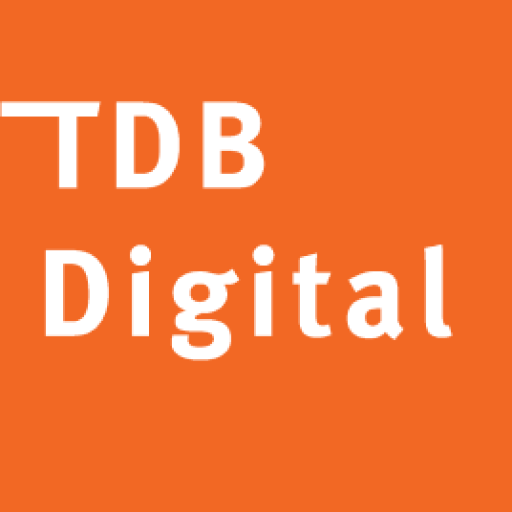
Choose your targeted keywords: Determine keywords that are relevant to your content and reflect what your audience is searching for. Conduct keyword research to ensure you’re targeting a keyword with search volume and low competition.
An easy way to do this using Google:
- Conduct a Google search using a relevant keyword or topic related to your content.
- Scroll to the bottom of the search results page, and you will find a section labeled “Searches related to [your keyword].”
- Look for related keywords that are relevant to your content. These related searches are generated based on the search queries made by users, so they provide a good indication of what people are searching for in relation to your topic.
- Choose one or more relevant keywords from the list to include in your content.
- Repeat this process for each relevant keyword you want to target.
Using Google search-related searches, you can find relevant keywords already being searched for by your target audience. This helps you optimize your content for the keywords that matter most, making it easier for your audience to find your content through search engines. (Also, as you’re making these searches – keep an eye out on existing ranked pages – and what their content is about, what their Title Tag & Meta Descriptions are.)
Write an engaging headline: Your headline should be descriptive, and attention-grabbing, and include your targeted keyword(s). Use numbers, questions, or power words to make it stand out.
Use headers and subheaders: Break your content into sections using H1 (your title and only should be 1), H2, and H3 tags. This helps readers navigate your content and helps search engines understand your content’s structure.
Write quality content: Your content should be engaging, informative, and valuable to your readers. Use data, statistics, and examples to support your claims.
Use internal and external links: Link to relevant internal pages on your website and reputable external sources to provide additional information for readers and signal to search engines that your content is authoritative. Good mix of both; don’t overdo the external links.
Optimize your images: Compress your images to reduce load time and use descriptive file names and alt tags to help search engines understand what your images are about.
Make your content easy to read: Use short paragraphs, bullet points, and numbered lists to make your content scannable and easy to read.
Include a Meta Description: Write a short (160 characters or less), compelling meta description that includes your targeted keyword and entices readers to click through to your content.
Include a Title Tag: Including a title tag is an important best practice for SEO blog posts. Here’s how to create an effective title tag:
- Keep it concise: Your title tag should be no more than 60 characters to ensure it displays fully in search results.
- Include your targeted keyword: Your title tag should include your targeted keyword, ideally towards the beginning of the tag.
- Make it descriptive: Your title tag should accurately describe the content on the page and entice users to click through to your website.
- Use your brand name: If appropriate, include your brand name in the title tag to help build brand awareness and credibility.
- Avoid keyword stuffing: Don’t overuse your targeted keyword in the title tag or it may appear spammy and hurt your search rankings.
- Write for humans, not search engines: While it’s important to include your targeted keyword, your title tag should be written to appeal to humans first and foremost.
Promote your content: Share your content on social media (Google Business Profile), email, and other relevant channels to drive traffic and engagement to your website.
By following these best practices, you can create high-quality, optimized content that not only ranks well in search engines but also provides value to your audience!




